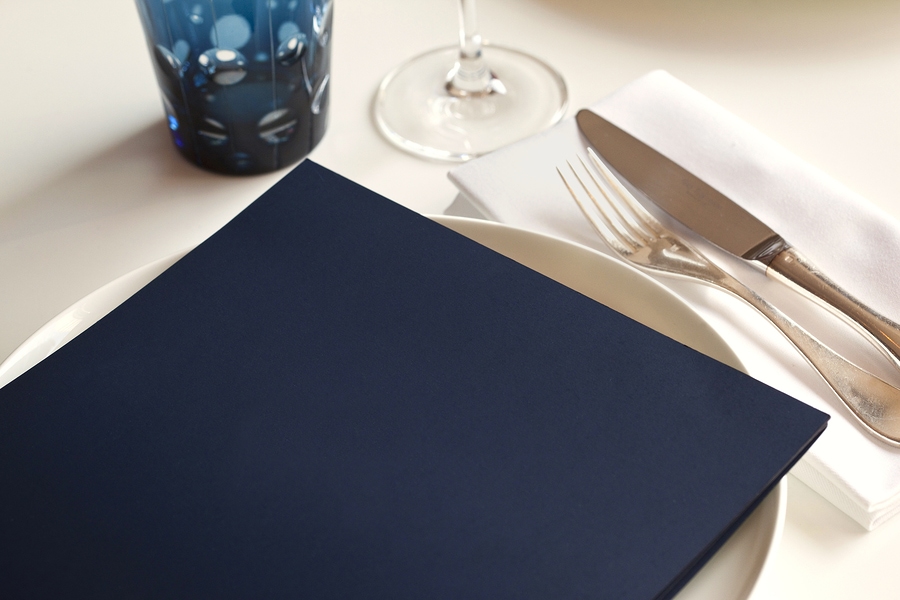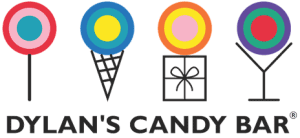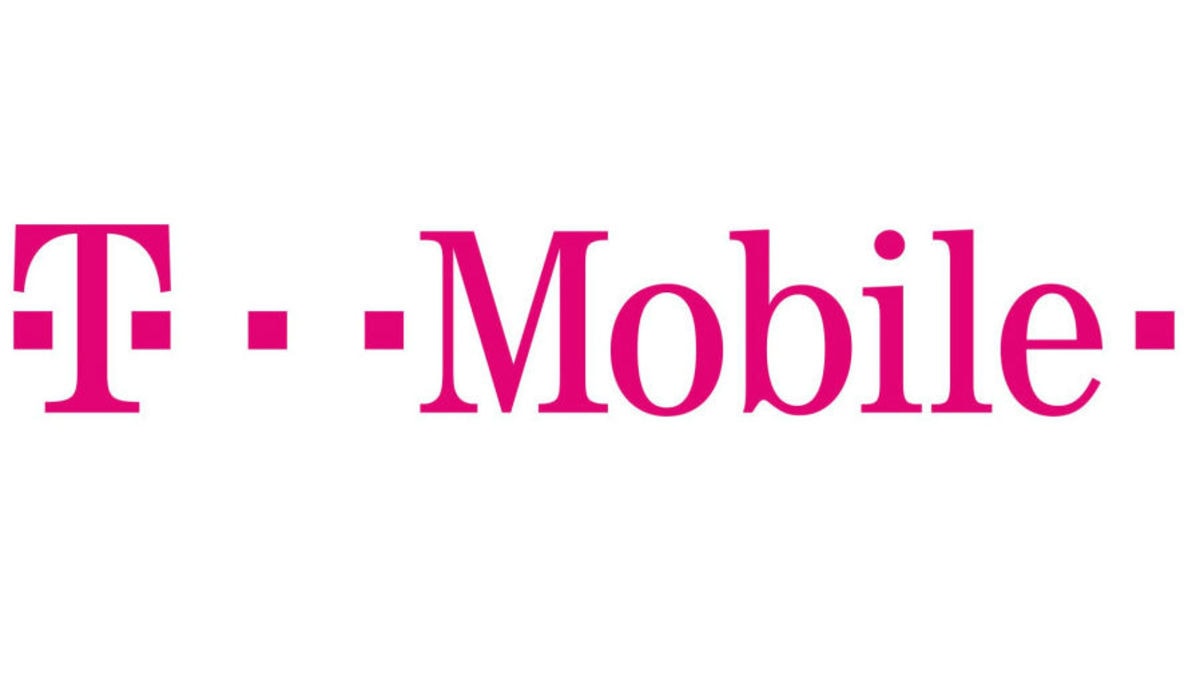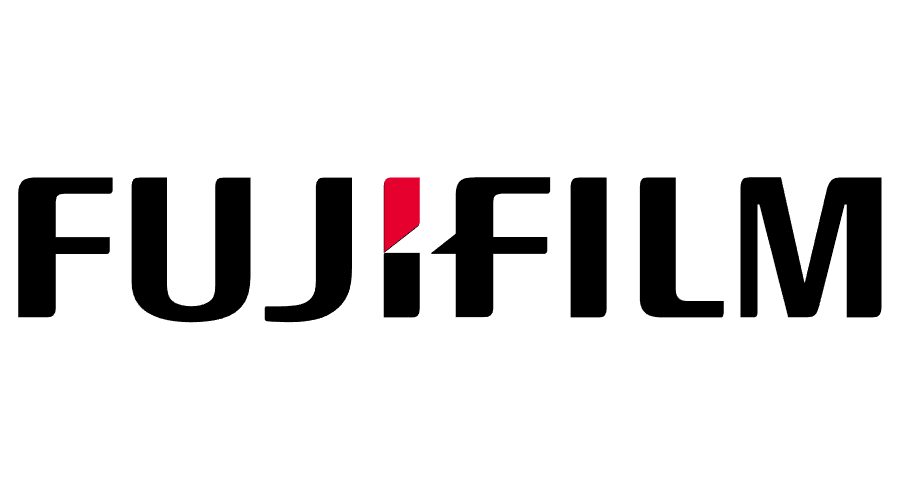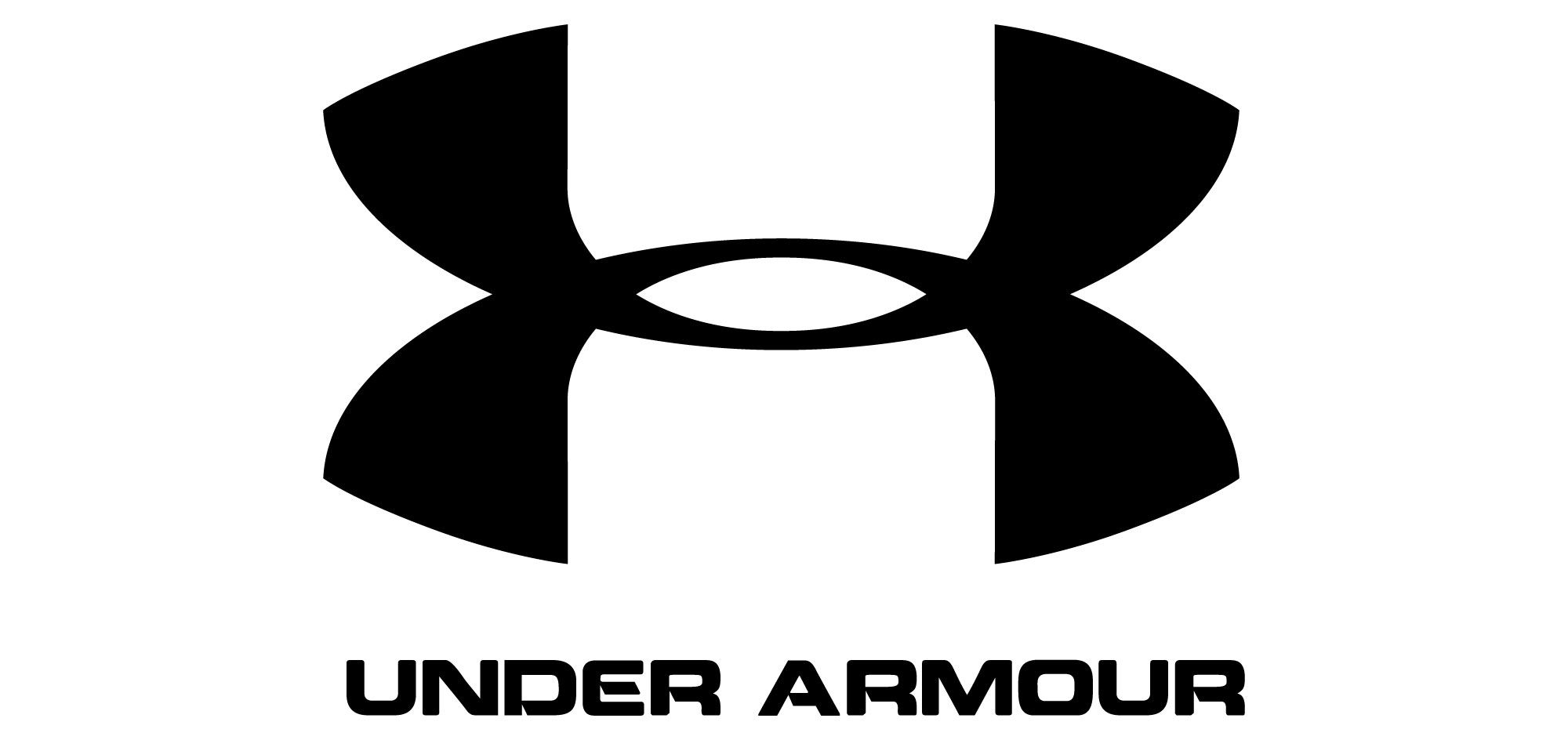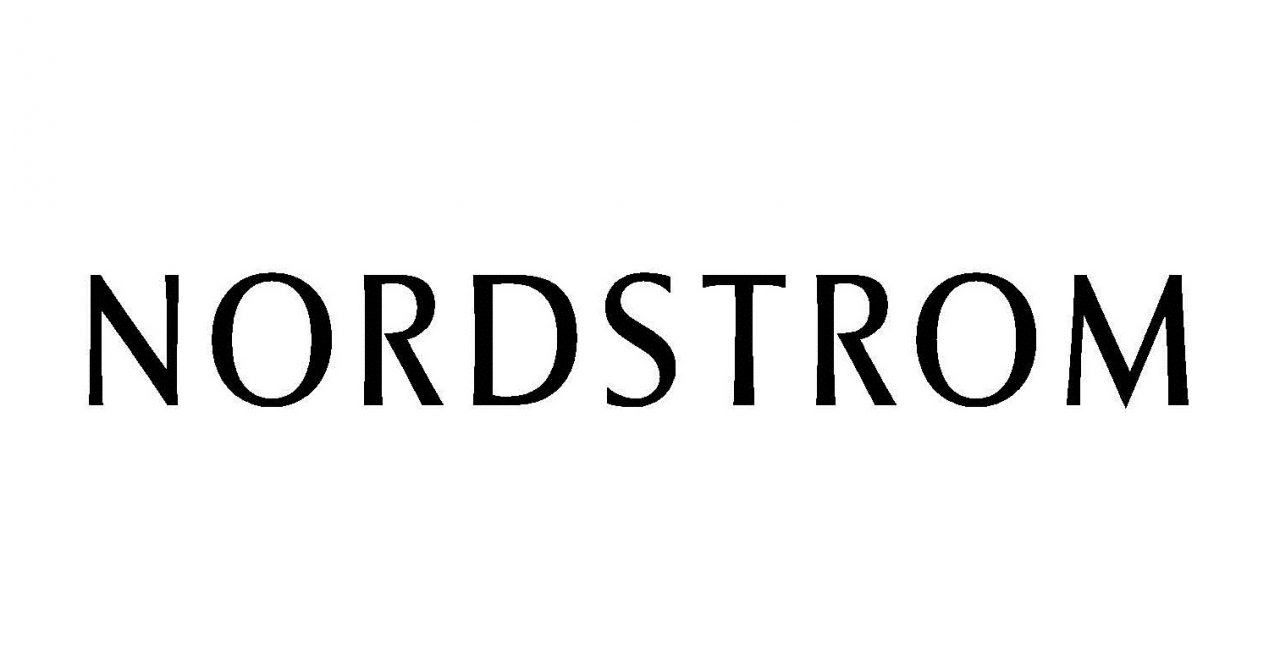Key Takeaways
- Establish Your Restaurant's Personality
Your menu should reflect your restaurant's unique personality, whether it's upscale or casual. Utilize design elements like color schemes and graphics to convey this identity, helping customers quickly grasp the ambiance and style of your establishment. - Use Readable and Appropriately Sized Fonts
Ensure that your menu's text is easy to read by using large, clear typefaces. Avoid overly intricate fonts that might cause strain, making it easier for all customers to read and choose their meals without difficulty. - Highlight Top-Selling Items
Draw attention to your most popular or profitable dishes by using boxes, bold fonts, or other visual cues. This strategic emphasis can guide customers toward these selections, potentially increasing sales and streamlining kitchen operations. - Provide Descriptive Dish Names and Details
Enhance the appeal of your dishes by offering descriptive names and detailed ingredient lists. This approach can entice customers by painting a vivid picture of the flavors and experiences your dishes offer, encouraging them to try new items. - Omit Currency Symbols to Reduce Price Focus
Consider removing currency symbols from your menu prices to lessen the emphasis on cost. This subtle technique can make customers less price-conscious, potentially leading to higher average spending.
Your restaurant’s menu can drive sales, clearly communicate your brand and give customers an idea of which dish will give them the best experience. Despite these important characteristics, menu design is an oft overlooked aspect of restaurants.
Many restaurants owners stick to a basic menu design, listing appetizers, mains and optional extras such as drinks and desserts on a plain sheet of paper using a simple typeface and little or no extra design elements.
While a simple menu has its own range of benefits, it’s often far more effective for a restaurant or café to use a menu that’s designed from the ground up to lead people towards top-selling dishes, entrees, drinks, desserts and other items.
From the fonts you use in your menu design to elements such as lines, text boxes or photos, a wide range of design elements can have a significant effect on the way that customers perceive and react to your menu.
This can drive extra orders and additional revenue for your restaurant, making it an important priority. In this guide, we’ll share five tips that you can use to design and create a more effective, profitable menu for your restaurant or café.
Own a high-end restaurant? Avoid adding photos to your menu
If your restaurant offers inexpensive dining, adding photographs to your menu is an excellent way to familiarize customers with the dishes you offer. This is particularly true if your restaurant serves exotic food that customers may not be familiar with.
For a high-end restaurant, however, it’s often a better strategy to leave the look and feel of your food to the customer’s imagination. Adding pictures to your menu could cheapen the dining experience and change people’s perception of your brand.
Leave out currency symbols to make prices seem less direct
Research shows that people are less likely to associate a price with their spending if it isn’t preceded by a currency symbol. This means that leaving dollar, pound, euro or other currency signs out of a menu could increase your average per-table spend.
People naturally associate currency symbols with cost. Leave them out while clearly listing prices for all of your dishes and you don’t lose any transparency, but you will make ordering more expensive dishes less of a difficulty for customers.
Use boxes to group similar menu items and “build” meals
Does your restaurant offer entrees, mains and desserts? One of the best ways to help customers build a meal and increase your restaurant’s per-table spend is by sorting menu items into logical groups to help people create full meals.
Group your most popular menu items together so people have an idea of the dishes that are most worth ordering. Then, group similar items in boxes so that customers can easily build a meal, from the entrée to their favorite after-dinner drink.
Use simple typefaces that customers can read without difficulty
One of the biggest mistakes many restaurants make – particularly international or unusual restaurants – is using typefaces that, while visually appealing, aren’t easy for customers to read.
Here’s a good way to balance style and function: use an interesting font for menu headings and subheadings, with a simple, easier-to-read font for menu items and descriptions.
Take people’s reading patterns into account when designing a menu
Eye-scanning studies reveal that people don’t read menus using a unique reading pattern, as experts once thought. The majority of people actually read menus just like they’d read a book – from the top left corner to the bottom right corner.
Organize your menu logically, with entrees or favorite dishes in the top left corner and desserts in the bottom right, so that customers can easily make their way from the beginning of your menu to the end while ordering their meals.
FAQs
- Why should my menu reflect my restaurant's personality?
A menu that mirrors your restaurant's identity helps set customer expectations and enhances their dining experience. It creates a cohesive atmosphere that aligns with your brand, making your establishment more memorable. - How can font choice impact my menu's effectiveness?
Selecting clear and appropriately sized fonts ensures readability for all customers, including those with visual impairments. This accessibility can lead to a more comfortable ordering process and improve overall satisfaction. - What are effective ways to highlight popular menu items?
Utilize design elements like boxes, bold or colored fonts, and icons to draw attention to specific dishes. These visual cues can guide customers' choices and promote high-margin or signature items. - Why are descriptive dish names important?
Descriptive names and detailed ingredient information can entice customers by appealing to their senses and curiosity. This strategy can enhance perceived value and encourage customers to try new or premium offerings. - How does omitting currency symbols affect customer spending?
Removing currency symbols can reduce the psychological impact of pricing, making customers less focused on cost. This subtle change can lead to increased spending, as diners may be more inclined to choose higher-priced items without the explicit reminder of cost.

